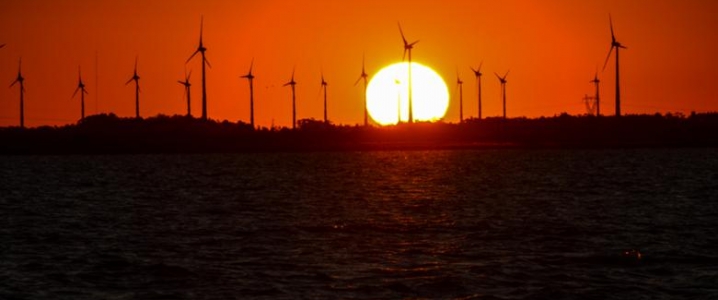The history of power production through the early part of the 21st century was very much a tale of nonrenewable energy resources. Power was produced primarily by coal, natural gas, and nuclear energy at large power plants at central locations and distributed to customers via the electrical grid.
But a revolution is underway in the world’s power markets.
The Rise of Renewables
The world’s energy mix has evolved substantially over the past 20 years. Since 1997, global cumulative installed solar photovoltaic (PV) and wind power have climbed from less than 8 GW to nearly 800 GW, according to the BP Statistical Review of World Energy. According to the International Energy Agency (IEA), renewables were responsible for almost 165 GW of new global power capacity in 2016—nearly two-thirds of the global total.
The U.S. has been a leader in this transition. According to the Federal Energy Regulatory Commission’s (FERC) “Energy Infrastructure Update” (EIU), renewable power sources accounted for half (49.9 percent) of the 24.6 gigawatts (GW) of new U.S. electrical generating capacity placed into service in 2017. Nearly all of the rest, 48.7 percent, was new natural gas capacity.
At the end of 2017, all renewables (including hydropower) accounted for more 20 percent of the nation’s installed generating capacity — up from 15.4 percent in 2021. Renewables accounted for 17.6 percent of total electrical generation in 2017, compared to 15.3 percent in 2016. The discrepancy between the 20 percent installed capacity and 17.6 percent of generation is attributable to the intermittency of renewable sources. Related: Bank Of America: Oil Prices Could Hit $100 Next Year
The Revolution Accelerates
But the first quarter of this year resulted in almost exclusively new renewable capacity. FERC’s most recent EIU showed that in the first three months of this year, renewables comprised nearly 95 percent of new power-generating capacity.

(Click to enlarge)
New power capacity installed in Q1 2018
By Robert Rapier
More Top Reads From Oilprice.com:
- Coal Is Losing Ground Despite Trump’s Promises
- India Is The Best Bet For National Oil Companies
- Permian Bottleneck Provides Huge Opportunity For Oil Traders



















maybe 2016? Certainly not based on future percentage...